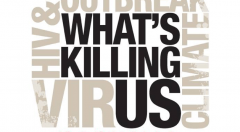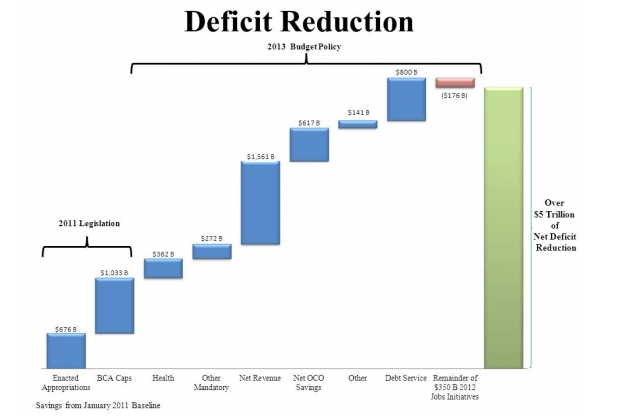Within the next five years, people over age 65 will outnumber children under 5 for the first time. This plays into other demographic changes such as urbanization: between 1975 and 2005, the number of older people living in urban areas quadrupled.
A new school opening in Houston, Texas can put the USA on the tropical diseases "map." Why this matters to global health.
Our very own Alanna Shaikh has a new e-book: What's Killing Us: A Practical Guide to Understanding Our Biggest Global Health Problems. The book is published by TED (as in, the TED Talks) and it is...great!
The White House released its 2013 budget request. What this means for the US-UN relationship, global health priorities, and the legacy of Hillary Clinton.
Ruth Levine has a depressing blog post on the Center for Global Development blog today. She points out that President Obama's efforts to improve American global health assistance by shifting to a health systems approach will actually make things look worse in the short run. For example, treatment of HIV is a lot more impressive to look at than prevention, and any comprehensive HIV programming is bound to focus on prevention as well as treatment. A prevention plus treament approach is much better science, and it's going to save more lives, but that doesn't make it easy to appreciate.
As she puts it, “Improvements on the prevention side, which very well may result from smart policy and programmatic measures, will be awfully hard to detect.” Levine goes on to discuss the issues involved with expanding the President’s Malaria Initiative beyond its target countries, and in strengthening health systems to improve maternal health. None of that is going to produce easy-to-read success stories, but over the long haul, they’ll do more for global health than the kind of programs that produce good photo ops.
The World Health Organization’s Integrated Management of Childhood Illness (IMCI) strategy is one of the cornerstones of global health. It’s meant to reduce child mortality by improving their medical care, teaching parents about how to care for sick kids, and improving health systems. It’s an evidence-based diagnostic strategy, based on identifying the illnesses most likely to kill children in the developing world. Providers love it, parents see a visible increase in the quality of care that their children get, and providing IMCI training is cost effective and sustainable. It’s been incorporated in continuing medical education and medical school programs around the world.
A recent study by the Gates Foundation, published in the Lancet, found that it’s not working in Bangladesh. The intermediate steps are in place – mothers are breastfeeding more, and taking their children to the doctor more often. Fewer children are stunted. But child mortality is not decreasing. Regions where the IMCI strategy show approximate the same reduction in mortality rates as the regions where IMCI is not being used.
Since Bangladesh is the only country where IMCI-implementing areas are being compared to the areas that are not implementing IMCI, this is pretty depressing. This is the only case-control study we have, and it’s not good news.
In my own opinion, this isn’t a crushing blow to IMCI. It’s still a good way to improve medical care - the study proves that IMCI does improve the quality of children’s medical care. The gap occurs after that – just improving medical care to kids doesn’t reduce mortality as expected.




